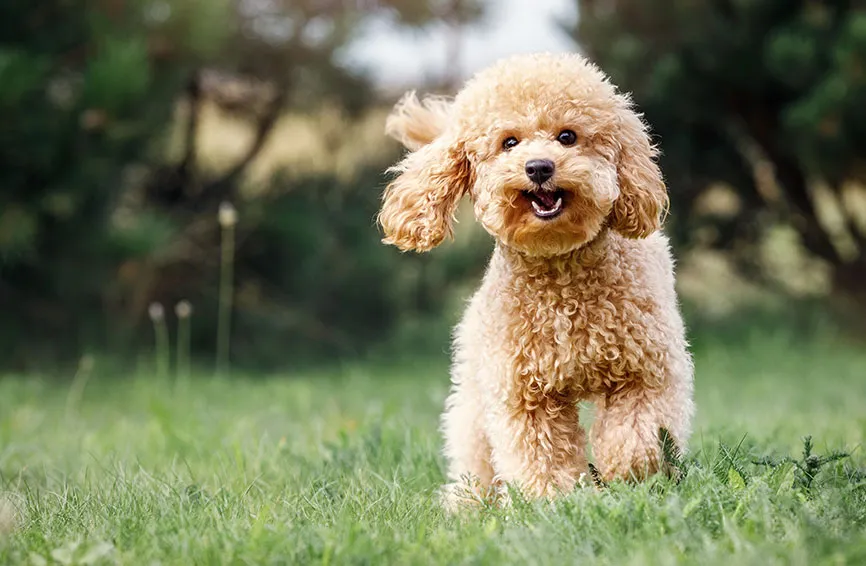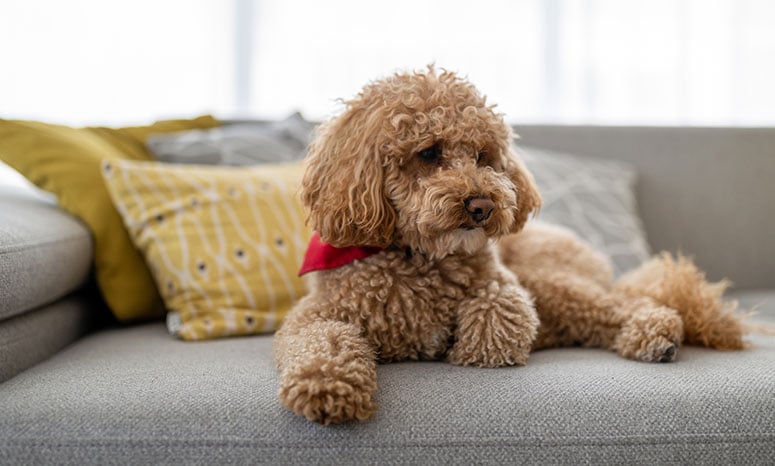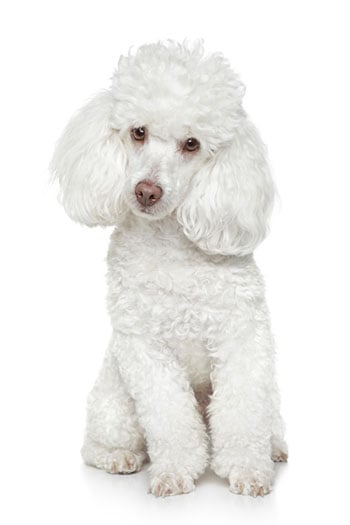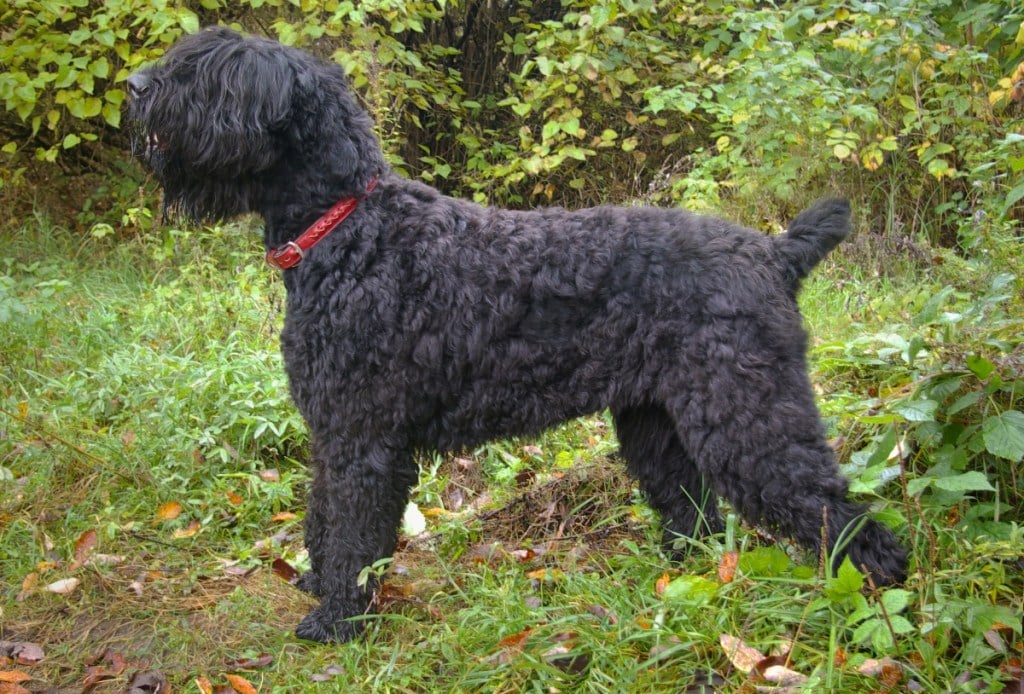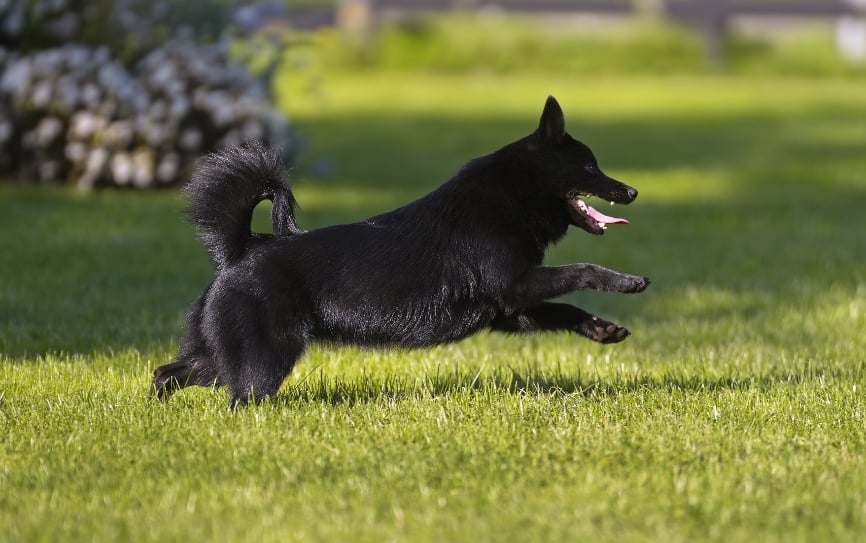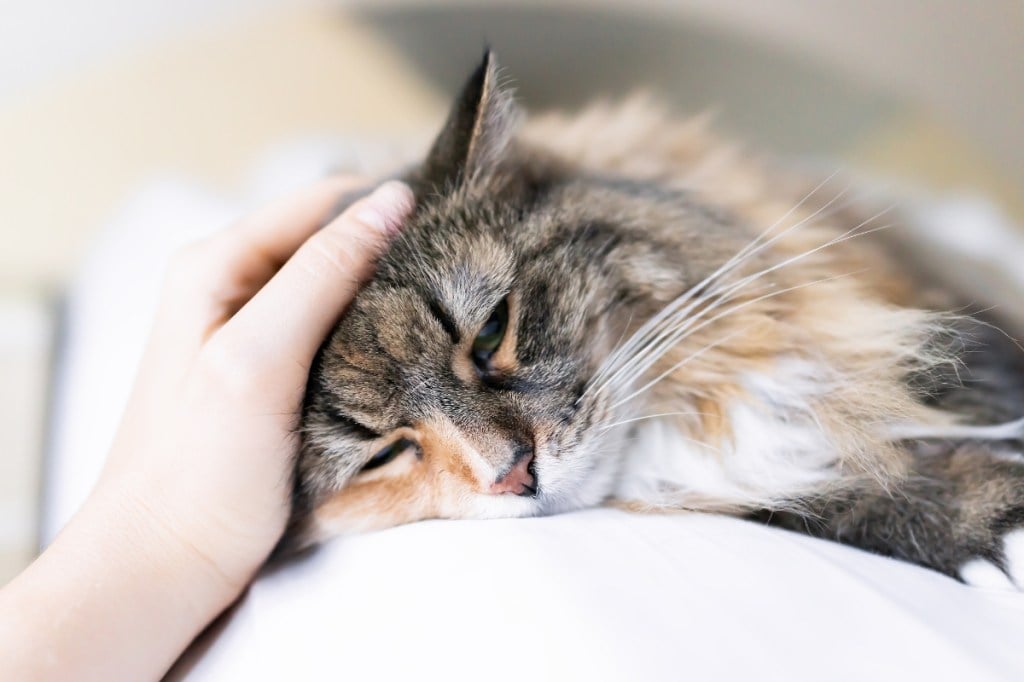Introduction to Toy Poodles
Known for being tiny dogs that are intelligent and agile, the toy poodle is a well-established toy-size dog that is recognized by the American Kennel Club. These are good family dogs that are fun-loving and have many wonderful characteristics to share with their owners.
Toy poodles are the same breed of dog as miniature and standard poodles, but their temperament and health risks can be somewhat different. If you are looking for an affectionate, funny, and adorable little dog to keep you company, a toy poodle might be just the right kind of dog for your household.
Size of Toy Poodles
One of the most notable characteristics of a toy poodle is its size, as these dogs reach heights of no more than 10 inches and have adult weights of between four and six pounds. Some of these dogs end up weighing a little more than that, however.
Toy poodles grow quickly during their first six months of life, but then that growth slows down and tapers off by about nine months. A toy poodle is considered to be fully grown by one year of age. There are only very small differences in size between male and female toy poodles.
Here’s how big you can expect your toy poodle to get when fully grown.
| Weight Chart | 3 months | 6 months | 12 months |
| Male and Female Toy Poodles | 1.7 – 2.6 pounds | 3.3 – 6 pounds | 4 – 6 pounds |
Characteristics of Toy Poodles
Toy poodles are considered to be among the best family dogs because they are affectionate and fun-loving. However, they are not recommended for households with very young children or large dogs because they are rather delicate. They are low-shedding and low-drooling dogs but they do require grooming every month or two. These dogs are popular among people who have allergies.
Toy poodles are a bit shy with strangers and thrive on routine. They are moderately playful but also more than happy to lounge around with you and be a couch potato. As you get to know a toy poodle’s personality, here’s what you can expect based on his or her breed characteristics.
| Breed Characteristic | Level (High, Medium, Low) |
| Affectionate with People | High |
| Good with Kids | Medium |
| Good with Pets | Medium |
| Need for Exercise | Low |
| Energy Level | Medium |
| Intelligence Level | High |
| Able to Be Trained | High |
| Amount of Barking | Medium |
| Amount of Shedding | Low |
History of Toy Poodles
Poodles are the national dog of France, where the dogs are locally known as the Caniche or “duck dog.” However, poodles originate from Germany, where they were first used as duck hunters that had excellent swimming abilities and high intelligence. The coat of a poodle is useful for its movement through water and to keep it warm during cold weather.
Today, poodles are mostly known as lap dogs and luxury dogs that exude elegance and nobility. Poodles have worked in circuses as entertainers and continued to serve as hunting dogs because of their great sense of smell. Standard poodles have been bred down to miniature poodles, which have been bred down even further to toy poodles. Toy poodles were first bred in the U.S. in the early 20th century. The goal of this breeding was to create city-dwelling, companion dogs that have many of the same desirable characteristics as their larger poodle counterparts.
Toy Poodle Standard Information
The American Kennel Club includes specific requirements for toy poodles in its Official Standard of the Poodle. The requirements are the same as for standard and miniature poodles except for height. According to the standard, the height of a toy poodle should be 10 inches or less at the highest point of the shoulders. By comparison, a standard poodle is over 15 inches tall, and a miniature poodle is between 10 and 15 inches tall.
Aside from height, here is an overview of the breed standard information for toy poodles.
Head:
- Dark, oval eyes
- Moderately rounded skull
- Long, straight, and fine muzzle
- Teeth with a scissors bite.
Neck, Topline, Body:
- Level topline, not sloping
- Deep and moderately wide chest
- Straight tail, set on high and carried up
Forequarters:
- Strong and smoothly muscled shoulders
- Forelegs straight and parallel when viewed from front
Hindquarters:
- Angulation of hindquarters balances forequarters
- Hindlegs straight and parallel when viewed from rear
Coat:
- Curly or corded coat
- Can be shown in puppy, English saddle, or continental clips
Color:
- Even and solid color at skin
- Natural variation in shading is not a fault
Gait:
- Straightforward trot with light springy action
- An air of distinction and dignity
Caring for Toy Poodles
Toy poodles don’t need a lot of space to live a great life and get the exercise they need. However, they do have substantial grooming needs and require frequent brushing to maintain the dog’s coat, particularly if it is kept long. Many people who have toy poodles trim the coat short so that it is easier to brush and maintain. A bath, haircut, and nail trim every month or two is usually needed to keep a toy poodle healthy and looking good. They aren’t very hardy or fast dogs, but they are athletic and agile. These are intelligent dogs that are very trainable and make wonderful household pets for many people.
These tiny dogs are often more mischievous than standard poodles and like being the center of attention. They know how to command attention in a room and can be stubborn because of their high intelligence. Yet toy poodles love to learn and are excellent at picking up new tricks, becoming therapy dogs, and getting spoiled by their pet parents.
Here are some general tips for taking the best care of a toy poodle.
Best Living Environments:
- Excellent apartment-dwellers
- Usually fine with other dogs and cats
- Great for seniors and people with mobility issues
- Not in homes with young children
Type of Exercise:
- Playtime inside a house or apartment
- Don’t need a lot of outside play time
- Short daily walks
- Swimming for exercise and fun
- Playing fetch with balls
Mental Enrichment:
- Interactions with humans
- Simply sitting by you on the couch
- Does not like to be left alone for a long time
- Social dogs that benefit from interaction with other small dogs and cats
Training Strategies:
- Can be trained as therapy dogs
- Able to learn new tricks easily
- Use only positive training methods
Grooming Tips:
- Needs to be brushed every day if coat is kept long
- Prone to matting
- Bathe about once per month
- Can cut the coat short so it is easier to maintain
- Very low shedders
- Brush teeth daily
- Trim nails as needed
Common Health Problems of Toy Poodles
Toy poodles are unique in that they have a varied life expectancy ranging anywhere from 10 to 18 years. Toy poodles are prone to many of the same health conditions as standard and miniature poodles since they are all the same breed of dog but have some special concerns due to their small size.
These are some of the most common health issues that arise with toy poodles.
- Dental issues, such as plaque and gingivitis
- Blood-clotting disorders, such as von Willebrand’s disease
- Diabetes
- Luxating patellas
- Legg-Calvé-Perthes disease
- Hypothyroidism
- Cushing’s syndrome
- Addison’s disease
- Collapsing trachea
- Progressive retinal atrophy (PRA)
- Cataracts
- Glaucoma
- Sebaceous adenitis
The National Breed Club recommends that toy poodles get the following health tests: ophthalmologist evaluation, patella evaluation, and PRA optigen DNA test.
Diet and Nutrition for Toy Poodles
Toy poodles need to get enough exercise each day and eat a healthy diet so that they do not become obese. Feed the amount of dog food needed to keep your pet slim. You should be able to see your toy poodle’s waist and feel (but not see) their ribs without having to press too hard.
Feed puppy toy poodles four small meals per day until the age of three months, then switch to three slightly larger meals until six months. After that time, you can start feeding the dog just two larger portions daily, in the morning and evening. Toy poodles should usually eat a nutritionally complete and balanced puppy food until they are around 10 months of age at which point they can be switched to a high-quality adult dog food.
Where to Adopt or Purchase Toy Poodles
If you want a toy poodle puppy in your life, choose a reputable breeder who specializes in the toy size of poodles. A breeder should let you meet both of the puppy’s parents before purchasing the puppy and provide health background information on the parents. It is common for these tiny dogs to cost hundreds to thousands of dollars when purchased from a breeder. The Poodle Club of America is a good resource to learn more about toy poodles and find local clubs and breeders near you.
However, toy poodles also end up in animal shelters and foster homes due to no fault of their own. You can contact local rescue organizations in your area to inquire about any toy poodles or toy poodle mix dogs that are available for adoption and give a pup in need a second chance at life. The Poodle Club of America Rescue Foundation aims to save poodles from neglect, abuse, and abandonment by finding loving homes for poodles.
Related Breeds
The toy poodle is certainly a unique dog, but other dogs have similar appearances and characteristics too. If you love toy poodles, you might also be interested to learn more about these breeds of dogs:
- Bichon frise
- Toy Manchester terrier
- Papillon
- Miniature labradoodle
- Miniature goldendoodle
- Miniature cockapoo
Pet Insurance for Toy Poodles
Healthy Paws is a top-rated insurance plan for your toy poodle to help you take the best care of your dog’s health. With no maximum or lifetime payouts and most claims processed within two days, we take the hassle and confusion out of pet medical expenses to cover accidents and illnesses that toy poodles suffer from. Our toy poodle pet insurance plans are easy to understand, have no pricey add-ons, and let you use any licensed veterinarian you trust.
For a free quote on toy poodle health insurance, visit our website or give us a call at 855-898-8991 to learn more.
